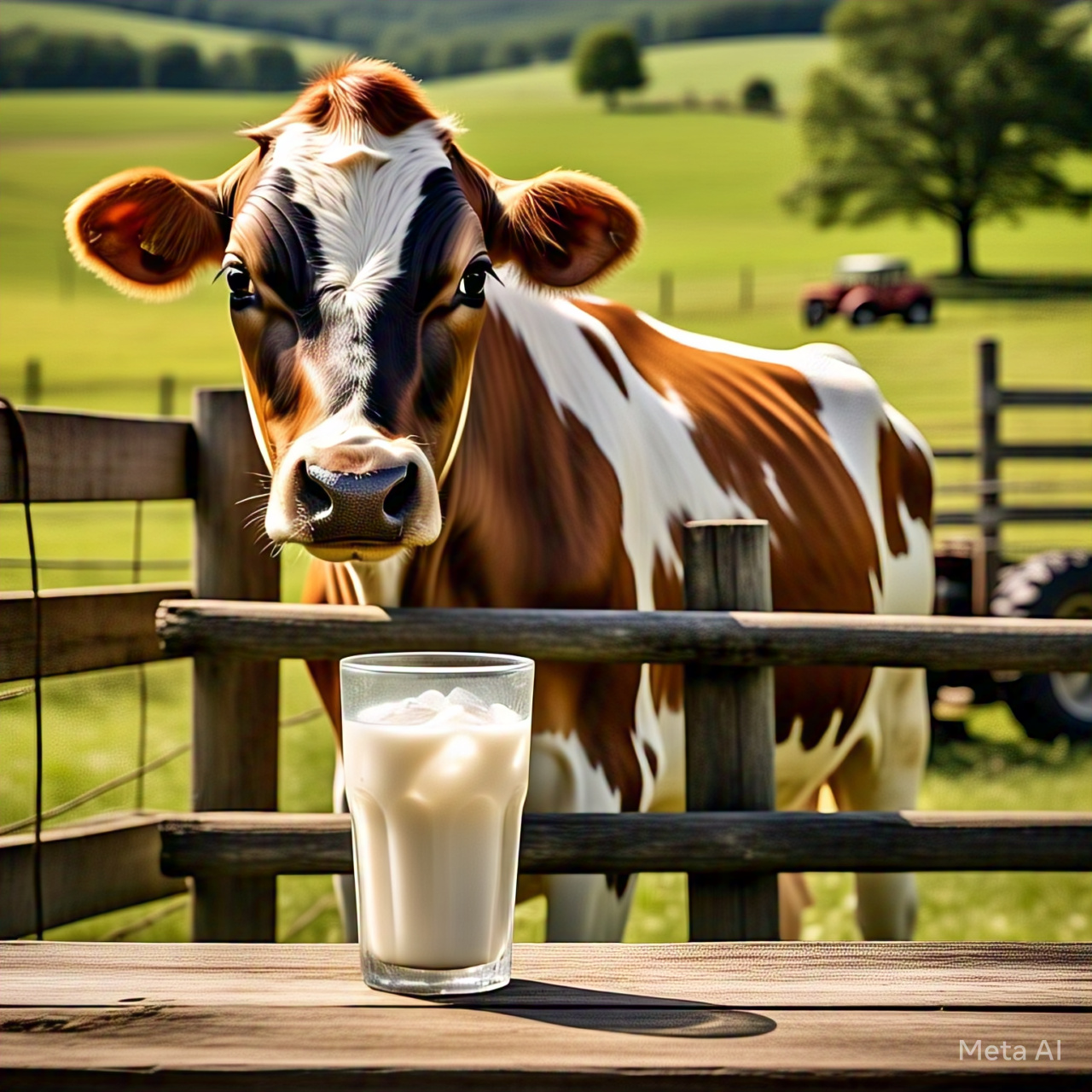
Avian Flu in Raw Milk? Authorities Investigate
So far, no human infections have been confirmed from consuming raw milk contaminated with H5N1, but scientists warn that this route of transmission.
Raw Milk and Avian Flu: An Unexpected Public Health Risk
Avian flu, scientifically known as avian influenza type A (H5N1), has historically been associated with poultry. However, the recent detection of the virus in dairy cattle and raw dairy products in the United States has raised alarms among experts and international organizations such as the WHO and the CDC.
How did avian flu end up in milk?
In recent weeks, outbreaks of avian flu have been detected in several dairy farms, where cows did not show typical respiratory symptoms but exhibited changes in milk production and composition. Researchers confirmed that infected cows were shedding viral particles through their milk.
While pasteurized milk has proven to be safe—since pasteurization completely destroys the virus—active viral particles have been found in samples of raw milk (unpasteurized), raising concerns about possible transmission to humans.
Is there a real risk for humans?
So far, no human infections have been confirmed from consuming raw milk contaminated with H5N1. However, scientists warn that this transmission route cannot be entirely dismissed. Raw milk is already considered high-risk due to its potential to carry harmful bacteria such as Salmonella, Listeria, or E. coli, and now it could pose an additional viral threat.
The World Health Organization suggests that avian flu could adapt more easily to mammals, which increases concerns about a potential zoonosis (animal-to-human transmission) through unpasteurized milk.
What precautions are recommended?
Experts clearly recommend avoiding the consumption of raw milk and unpasteurized dairy products such as fresh cheese, butter, or artisanal cream. Additionally, it is crucial for farmers and workers exposed to livestock to be monitored for flu-like symptoms.
Epidemiological surveillance and strict biosecurity measures on farms are priorities to prevent the virus from spreading, while further research is conducted to determine whether there is a real risk of foodborne transmission.
Conclusion
The detection of avian flu in raw milk is a powerful reminder of the importance of pasteurization and food safety monitoring. While there is no reason for panic, health authorities urge the public to avoid consuming unpasteurized dairy products and to stay informed about new scientific findings.











LEAVE A COMMENT: